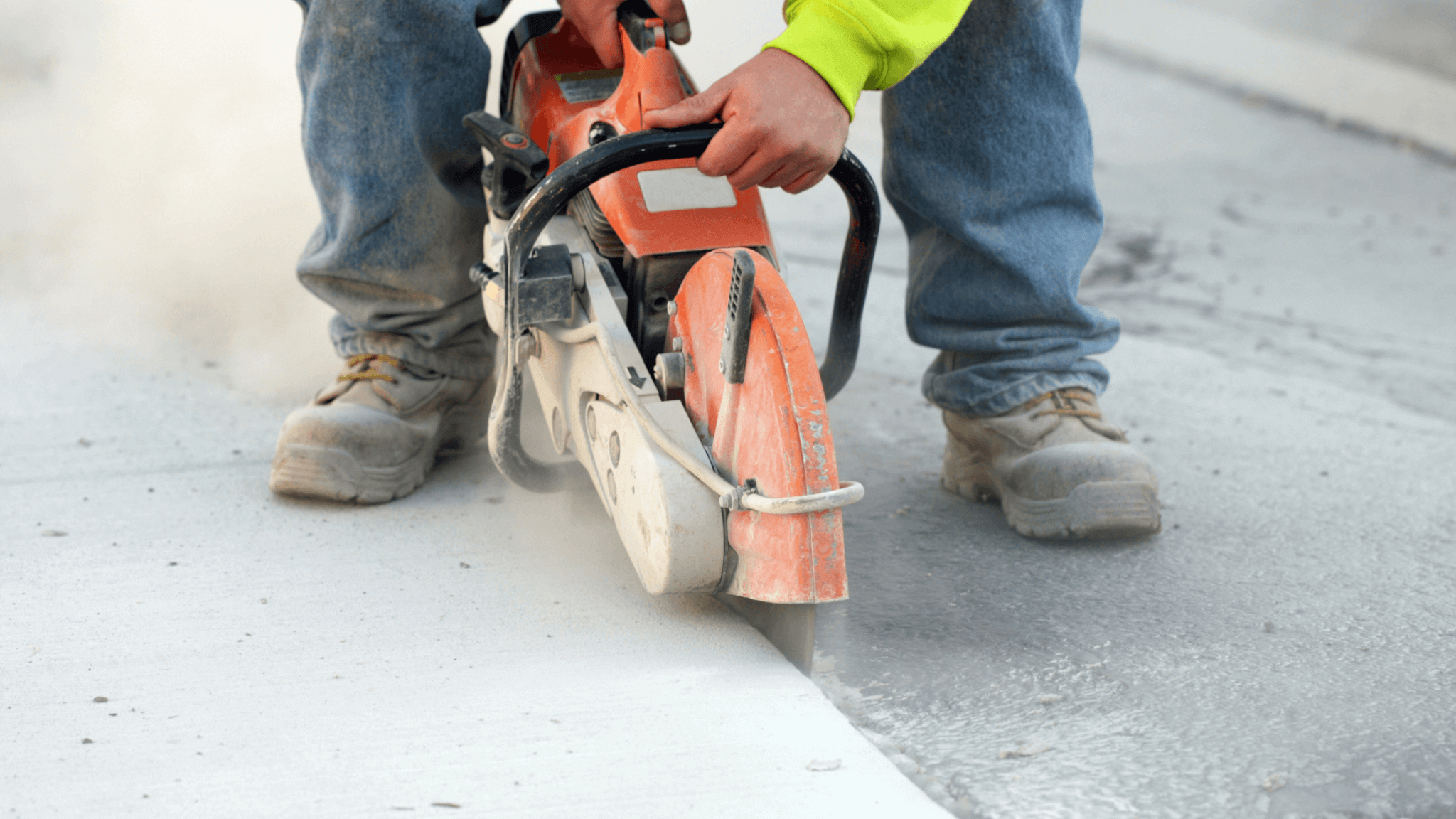Silica dust is common in construction work due to its presence in cement and other construction materials. Repeated exposure to silica dust can lead to silicosis, an incurable and sometimes fatal lung disease, along with lung cancer, chronic obstructive pulmonary disease (COPD), and kidney disease. Wearing a respirator, using dust suppression systems, and spraying work areas with water are easy ways to reduce silica exposure.
Quick look
- Silica is a natural mineral found in granite, sand, and glass.
- Silica is found in noncrystalline and crystalline forms, the ladder of which poses serious health risks when inhaled.
- Exposure to silica dust from construction materials can lead to silicosis and other lung diseases.
- Wearing a respirator, spraying work surfaces with water, and using a vacuum and ventilation system are easy ways to reduce silica exposure.
What is silica?
Silica is a common mineral found in the earth’s crust and in materials like granite, sand, and glass. While there are several naturally occurring forms of silica in nature, there are two primary forms:
1. Noncrystalline silica
2. Crystalline silica
It’s crystalline silica we worry about when it comes to construction.
Crystalline silica, also known as quartz, is a common mineral found in many materials. When cut, chopped, ground, or drilled, these materials release dust containing tiny crystalline silica particles. Workers breathe in this airborne silica dust, which poses a major health hazard.
When inhaled, it can cause severe long-term damage to the lungs. Beach sand and other noncrystalline silica, due to their larger particle size, are not as hazardous to health.
Silica exposure from concrete dust poses a significant health risk
Concrete dust is one of the primary routes of exposure for silica. Construction workers who install, amend, or remove cement—or are around others doing it—typically have the highest level of exposure.
Some exposure to silica dust is unavoidable in the construction industry, but mitigating exposure by using proper PPE and limiting exposure when possible should be a top priority for workers and company owners.
Reducing exposure starts by knowing how exposure occurs. Construction workers are exposed to silica dust in the following ways:
- Cutting, grinding, or drilling materials containing silica (sand, stone, concrete, mortar, glass, pottery, ceramics, bricks, and artificial stone)
- Sanding, mixing, or demolishing materials containing silica
- Being near the activities above and inhaling dust created by the work
- Inhaling particles trapped in clothing or safety gear
- Building demolition
- Power cutting or dressing stone
- Facade renovation
- Abrasive or hydro-blasting
- Dry sweeping or pressurized air blowing
- Tunneling, excavating, or earth moving
Silica health effects
The primary concerns related to inhaling silica particles are lung scarring and silicosis. Silicosis is a non-curable lung disease caused by breathing in tiny silica particles. Over time, exposure causes permanent lung scarring, known as pulmonary fibrosis. As a result, the lungs become less flexible, making it harder to breathe.
Once lung scarring has become severe, several symptoms may appear. These may include:
- Bronchitis-like symptoms (persistent cough, shortness of breath and difficulty breathing)
- Weakness
- Fatigue
- Fever
- Night sweats
- Leg swelling
- Lip discoloration
The longer silicosis goes without treatment, the higher the risk of complications. Silicosis is a disease that affects the immune system, meaning patients are more vulnerable to developing tuberculosis, lung cancer, COPD, and kidney disease.
Smoking and other lifestyle choices may increase the chances of a worker getting silicosis or lung cancer.
Protecting yourself from silica dust exposure
While eliminating the source is the easiest way to reduce silica exposure, that’s not always possible in the construction industry. If you can’t eliminate exposure, you can reduce your risk.
Protecting yourself and others from silica exposure starts with having a plan to control dust. Ensure workers have the right gear, such as respirators or full face masks, and an ample supply of respirator cartridges.
Here are five ways to reduce silica exposure on the job.
1. Wear a respirator
Respirators help keep harmful particles out of your lungs and should be worn whenever you’re around airborne substances, especially dust. Depending on the type of dust the work creates, different respirators (or cartridges) are used. Make sure you’re using the proper respirator.
2. Spray work areas with water
Periodically spraying or misting water where dust is created helps reduce dust levels.
3. Make a containment area for the dust-creating work
This approach is sometimes necessary to protect the health of other workers nearby. Create a “tent” with plastic to contain the dust if possible. This option can sometimes be a double-edged sword—it will protect workers outside the work area, but it will increase dust levels for those inside.
Pro tip: Always use a vacuum system in a contained area.
4. Use a vacuuming and ventilation system
For larger jobs, it is a good idea to have an extensive vacuum system that pulls dust out of the work area and filters the air while expelling it. These systems are required in some instances, such as for asbestos removal.
As mentioned, a vacuum and ventilation system may also be necessary in enclosed areas.
5. Use cement tools with dust suppression systems
Many power tools used in cement construction have dust controls. Whether a core driller, a table saw, a tamper, or another tool, they’re designed with internal vacuums that remove 80% or more of the dust created. Some tools also use water during cutting or grinding, which suppresses dust.
Bottom line: Good health is priceless—protect yours
The important point to remember is that the above measures aren’t something taken from a textbook that isn’t applicable or important to daily life. Construction workers are exposed to a wide array of harmful substances daily, so these are critical measures to take to protect their health.



1 comment